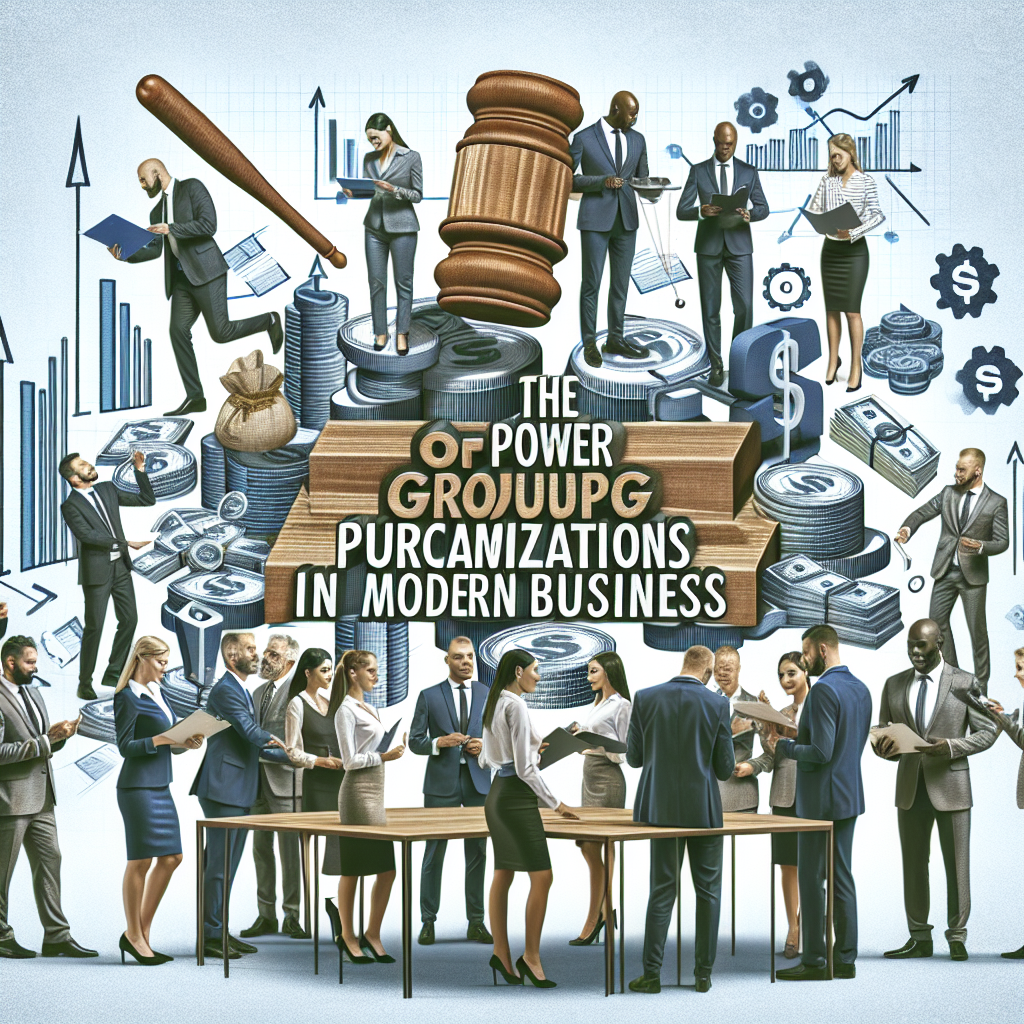Supplier onboarding is a critical process for any organization that relies on external vendors to provide goods or services. It involves the integration of new suppliers into the organization’s supply chain and ensuring that they understand and adhere to the organization’s policies, procedures, and expectations. Effective supplier onboarding is essential for building strong and sustainable relationships with suppliers, reducing risks, and ensuring the quality and reliability of the products or services they provide.
One of the key reasons why supplier onboarding is important is that it helps to mitigate risks associated with working with new suppliers. By thoroughly vetting and onboarding new suppliers, organizations can ensure that they are compliant with relevant regulations, have the necessary certifications and qualifications, and have a track record of delivering high-quality products or services. This can help to prevent potential disruptions to the supply chain and minimize the likelihood of costly mistakes or errors.
Furthermore, supplier onboarding is crucial for establishing clear expectations and requirements for suppliers. By clearly communicating the organization’s standards, policies, and procedures during the onboarding process, organizations can ensure that suppliers understand what is expected of them and how they are expected to conduct business. This can help to prevent misunderstandings and conflicts down the line, and ensure that suppliers are aligned with the organization’s values and goals.
Developing a Comprehensive Onboarding Process
Developing a comprehensive supplier onboarding process is essential for ensuring that new suppliers are integrated into the organization’s supply chain effectively and efficiently. A comprehensive onboarding process should cover all aspects of working with suppliers, from initial vetting and qualification to ongoing performance monitoring and evaluation. It should also be tailored to the specific needs and requirements of the organization and its industry.
One of the first steps in developing a comprehensive onboarding process is to establish clear criteria for evaluating and selecting new suppliers. This may include conducting thorough background checks, verifying certifications and qualifications, and assessing the supplier’s financial stability and track record. By setting clear criteria for supplier qualification, organizations can ensure that they only work with suppliers who meet their standards and are capable of delivering high-quality products or services.
Another important aspect of developing a comprehensive onboarding process is to create standardized onboarding procedures and documentation. This may include creating onboarding checklists, templates for contracts and agreements, and training materials for new suppliers. Standardizing the onboarding process can help to ensure consistency and efficiency, and make it easier for both the organization and its suppliers to understand and follow the onboarding requirements.
Communicating Expectations and Requirements
Effective communication of expectations and requirements is crucial for successful supplier onboarding. During the onboarding process, organizations should clearly communicate their standards, policies, and procedures to new suppliers, and ensure that they understand what is expected of them. This may include providing detailed information about quality standards, delivery schedules, payment terms, and any other relevant requirements.
One way to communicate expectations and requirements to new suppliers is through the use of written contracts and agreements. These documents should clearly outline the terms of the relationship between the organization and the supplier, including pricing, delivery schedules, quality standards, and any other relevant terms. By formalizing these expectations in writing, organizations can ensure that both parties are aware of their rights and obligations, and have a clear reference point in case of any disputes or misunderstandings.
In addition to written contracts and agreements, organizations should also consider providing training and support to new suppliers to help them understand and meet their expectations. This may include conducting orientation sessions, providing access to training materials, or assigning a dedicated contact person to answer any questions or concerns. By investing in supplier training and support, organizations can help to ensure that new suppliers are set up for success and are able to meet their expectations from the outset.
Establishing Clear Communication Channels
Establishing clear communication channels is essential for effective supplier onboarding. During the onboarding process, organizations should ensure that there are open lines of communication between themselves and their new suppliers, and that both parties are able to easily reach out to each other with any questions or concerns. This can help to prevent misunderstandings, resolve issues quickly, and build strong working relationships with suppliers.
One way to establish clear communication channels is by designating a specific point of contact for new suppliers. This person should be responsible for managing the onboarding process, answering any questions or concerns, and providing support as needed. By assigning a dedicated contact person, organizations can ensure that new suppliers have a single point of contact who is familiar with their needs and can provide timely assistance.
Another important aspect of establishing clear communication channels is to set expectations for how communication should take place. This may include specifying preferred methods of communication (e.g., email, phone calls, meetings), response times for inquiries, and escalation procedures for urgent issues. By setting clear communication expectations from the outset, organizations can ensure that both parties are on the same page and can effectively collaborate throughout the onboarding process.
Building Trust and Collaboration
Building trust and collaboration with new suppliers is essential for successful onboarding and long-term relationship building. Trust is the foundation of any successful business relationship, and it is particularly important when working with external vendors who play a critical role in an organization’s supply chain. By building trust with new suppliers during the onboarding process, organizations can lay the groundwork for a strong and collaborative partnership.
One way to build trust with new suppliers is by demonstrating transparency and honesty in all interactions. Organizations should be open about their expectations, requirements, and any potential challenges or risks associated with working together. By being transparent from the outset, organizations can show new suppliers that they are committed to building a fair and mutually beneficial relationship.
In addition to transparency, organizations should also strive to foster collaboration with new suppliers during the onboarding process. This may include involving suppliers in decision-making processes, seeking their input on supply chain optimization opportunities, or collaborating on joint initiatives to improve product quality or reduce costs. By involving new suppliers in collaborative efforts from the outset, organizations can demonstrate their commitment to working together as partners rather than simply as clients or vendors.
Monitoring and Evaluating Supplier Performance
Monitoring and evaluating supplier performance is an important aspect of effective supplier onboarding. Once new suppliers have been integrated into the organization’s supply chain, it is essential to continuously monitor their performance to ensure that they are meeting expectations and delivering high-quality products or services. This can help to identify any potential issues early on and take corrective action as needed.
One way to monitor supplier performance is by establishing key performance indicators (KPIs) that are relevant to the organization’s specific needs and requirements. These KPIs may include metrics such as on-time delivery rates, product quality scores, customer satisfaction ratings, or compliance with regulatory standards. By tracking these KPIs over time, organizations can gain insights into how well their suppliers are performing and identify any areas for improvement.
In addition to monitoring KPIs, organizations should also conduct regular evaluations of supplier performance through formal reviews or assessments. These evaluations may include gathering feedback from internal stakeholders who work closely with the supplier, conducting site visits or audits of the supplier’s facilities, or reviewing performance reports provided by the supplier. By conducting regular evaluations, organizations can gain a comprehensive understanding of their suppliers’ performance and identify any areas where they may need to make improvements.
Continuously Improving the Onboarding Process
Continuous improvement is essential for ensuring that the supplier onboarding process remains effective and efficient over time. As business needs evolve, regulations change, or new technologies emerge, organizations must adapt their onboarding processes to stay ahead of the curve and continue to build strong relationships with their suppliers.
One way to continuously improve the onboarding process is by seeking feedback from both internal stakeholders and new suppliers. By gathering feedback from those who have gone through the onboarding process firsthand, organizations can gain valuable insights into what worked well and what could be improved. This feedback can then be used to make adjustments to the onboarding process as needed.
Another important aspect of continuous improvement is staying up-to-date with industry best practices and trends in supplier management. Organizations should regularly review their onboarding processes against industry benchmarks and seek out opportunities for improvement based on emerging best practices. This may include adopting new technologies for streamlining onboarding procedures, implementing new training programs for suppliers, or revising contractual terms based on changes in regulations or market conditions.
In conclusion, effective supplier onboarding is essential for building strong relationships with external vendors, reducing risks, ensuring quality products or services, and driving long-term success for an organization’s supply chain. By understanding the importance of supplier onboarding, developing a comprehensive onboarding process, communicating expectations and requirements clearly, establishing clear communication channels, building trust and collaboration with suppliers, monitoring and evaluating supplier performance, and continuously improving the onboarding process over time, organizations can set themselves up for success in working with their suppliers.





